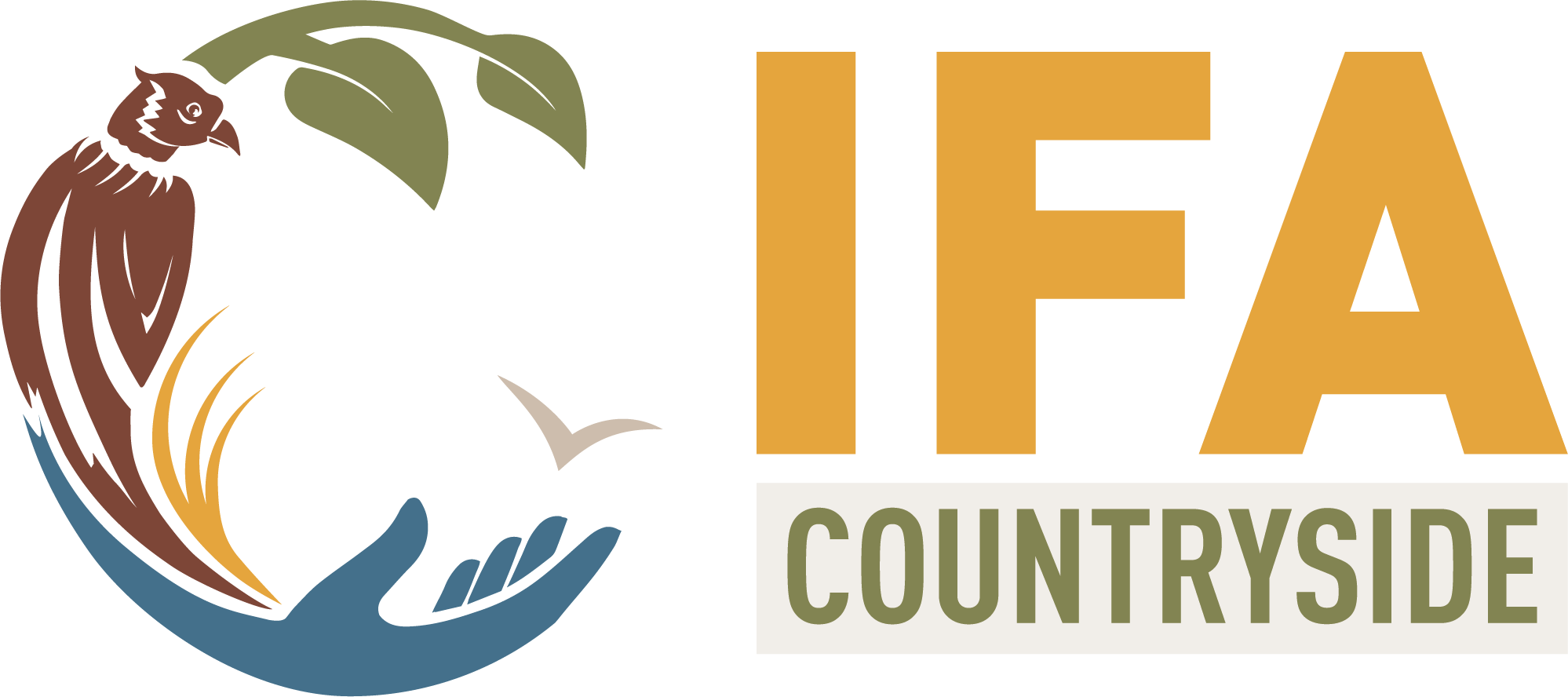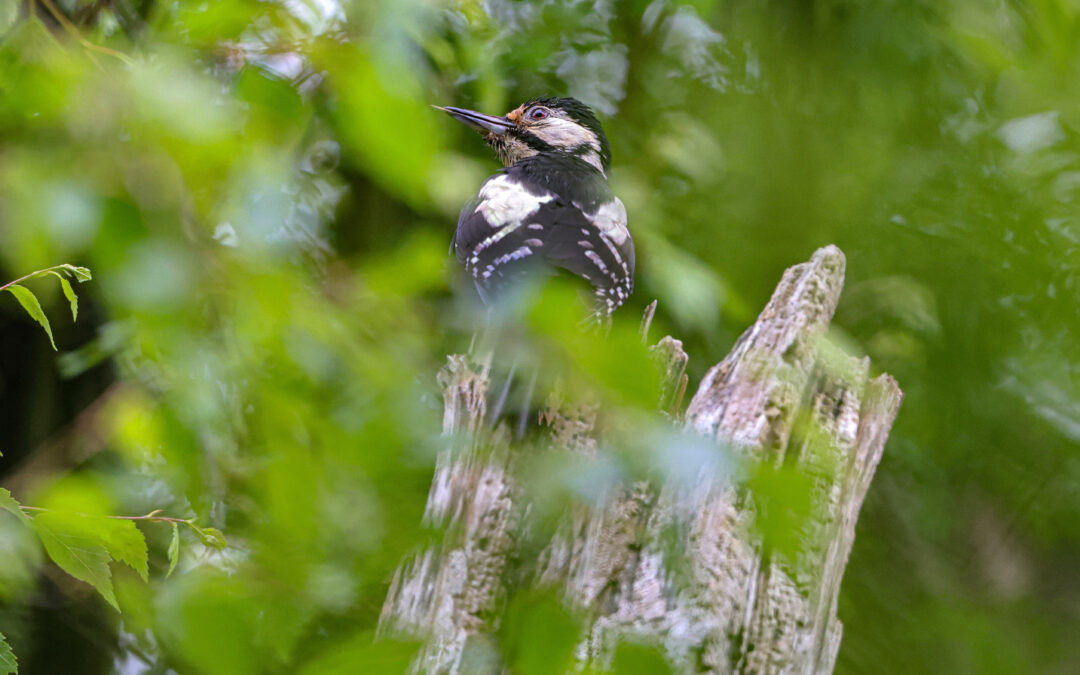
by ifacountryside | Jun 5, 2024 | Biodiversity, Conservation, countryside, Nature, NPWS, wildlife management
In recent weeks, staff and visitors at Killarney National Park have been entertained by the iconic sound of unexpected visitors – the Great Spotted Woodpecker. A breeding pair was confirmed for the first time to have produced a small number of chicks in the Park. The...
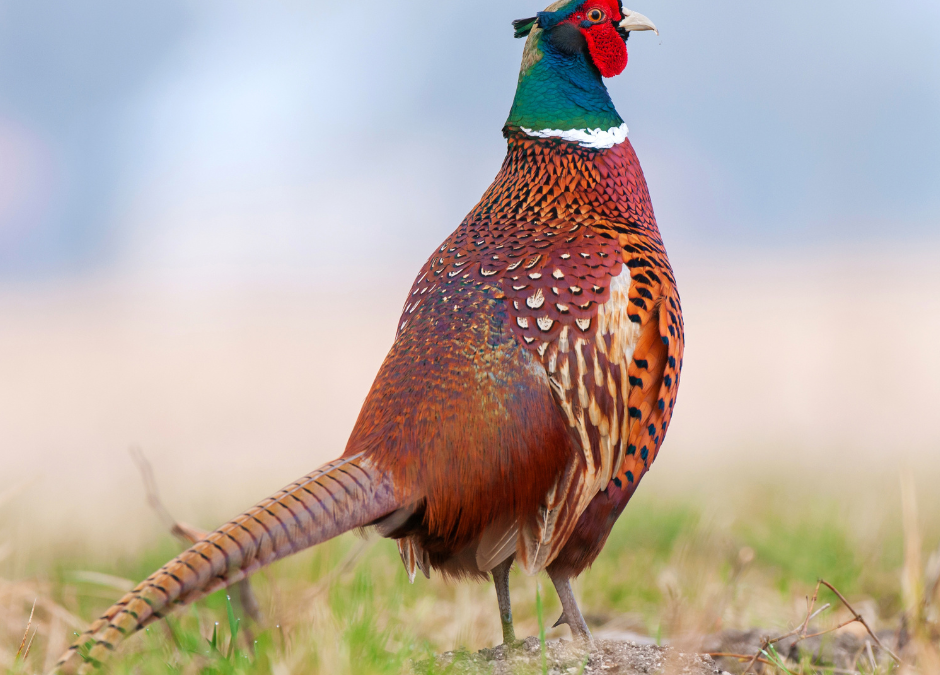
by ifacountryside | May 21, 2024 | Biodiversity, Conservation, countryside, Habitats, Nature, NPWS, Open Seasons, wildlife management
Extensive Public Consultation on the review of legislation to open in mid-June Review will update legislation to ensure that it protects nature and biodiversity loss Announcement is made during National Biodiversity Week, a ten day celebration of nature and...
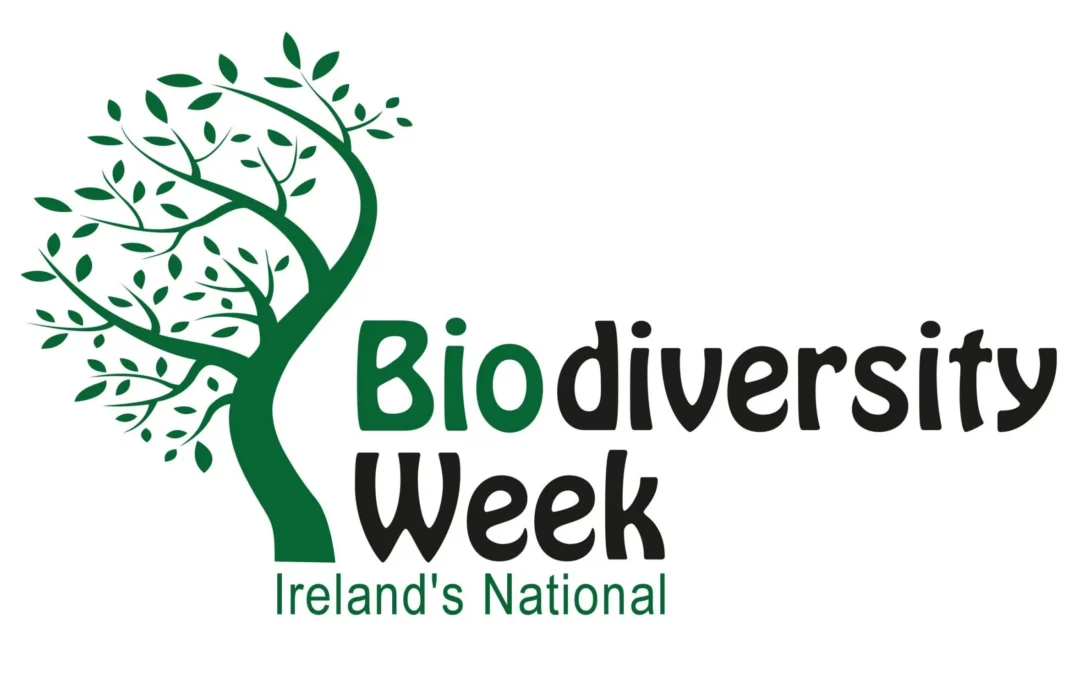
by ifacountryside | May 17, 2024 | Biodiversity, Conservation, countryside, Nature
More than 200 events over 10 days to celebrate nature and biodiversity Ireland’s nature and wildlife will take centre stage from 17-26 May, with over 200 events scheduled across the country for National Biodiversity Week. As well as highlighting the importance...
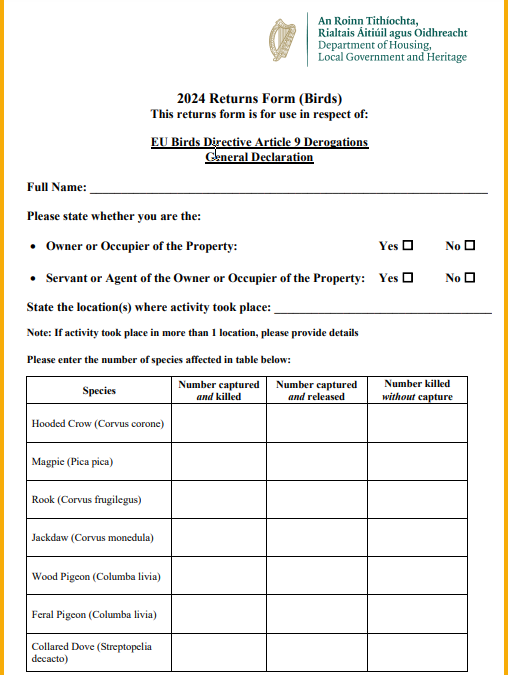
by Barbara Killeen | Apr 9, 2024 | Biodiversity, Conservation, NPWS, Open Seasons, Vermin Control, wildlife management
Recently, representatives from IFA and IFA Countryside met with the National Parks and Wildlife Service (NPWS) at their headquarters. Our discussion focused primarily on the Return form associated with the Article 9 Derogations under the EU Birds...
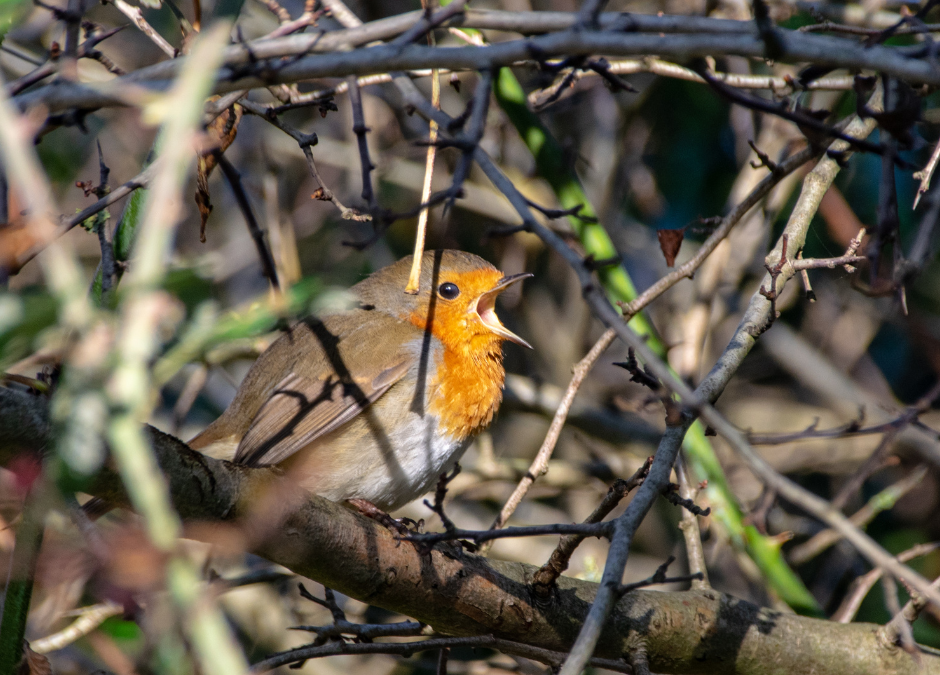
by newcountryside | Feb 27, 2024 | Biodiversity, countryside, Environment, NPWS, wildlife management
Vegetation, such as hedgerows and scrub, provides a home and a vital habitat for birds and wildlife, especially during breeding and nesting season. Legislation prohibits damage to vegetation from March 1st to August 31st, with limited exemptions. National Parks...
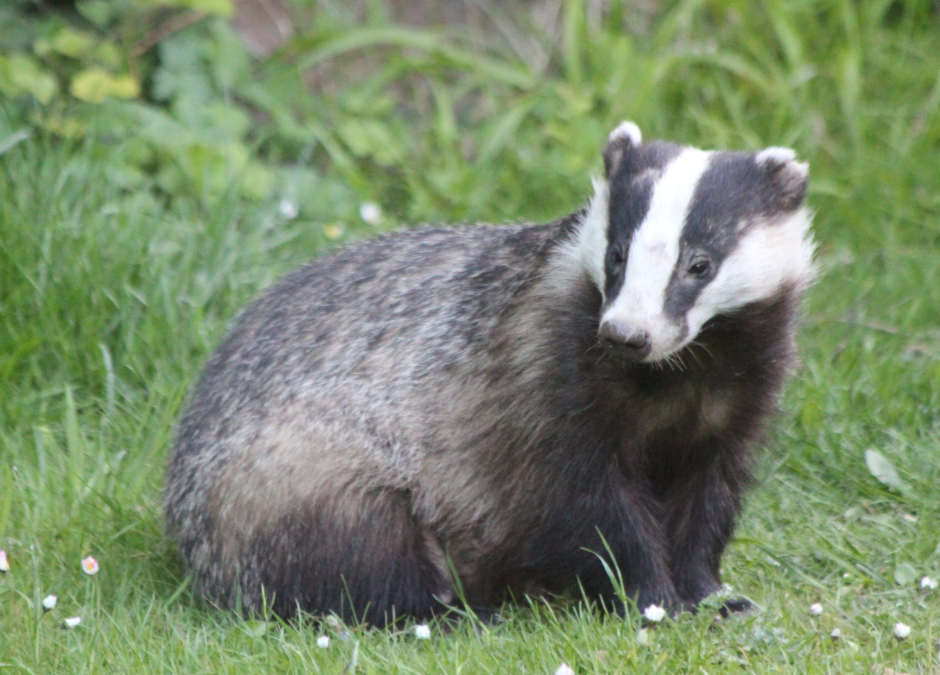
by ifacountryside | Jan 24, 2024 | Biodiversity, Conservation, Crime
The National Parks and Wildlife Service is making its message to protect nature clearly heard through its series of successful prosecutions in the courts this year. Forty-three prosecution cases were initiated by NPWS in 2023 for alleged breaches of wildlife...







